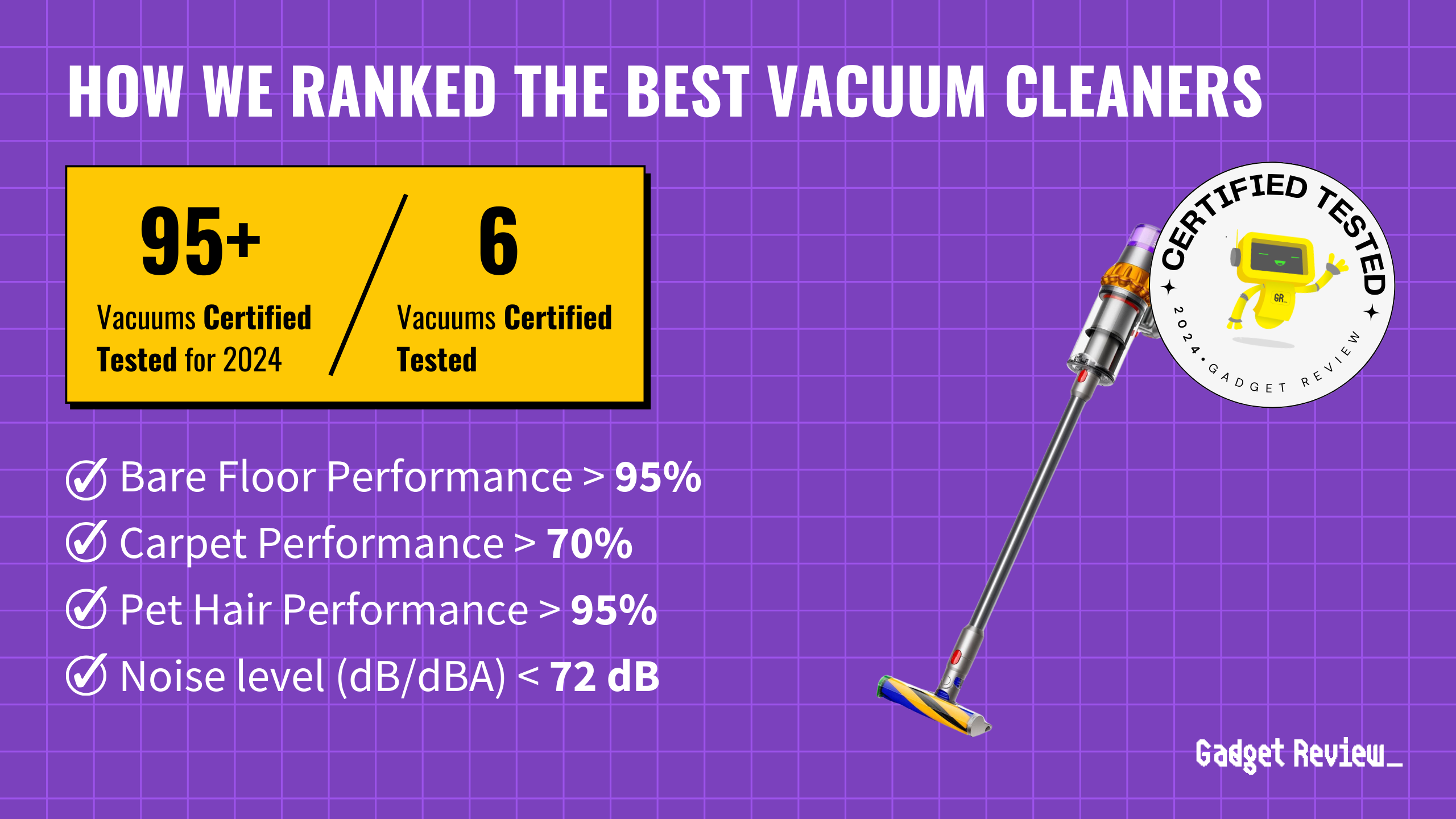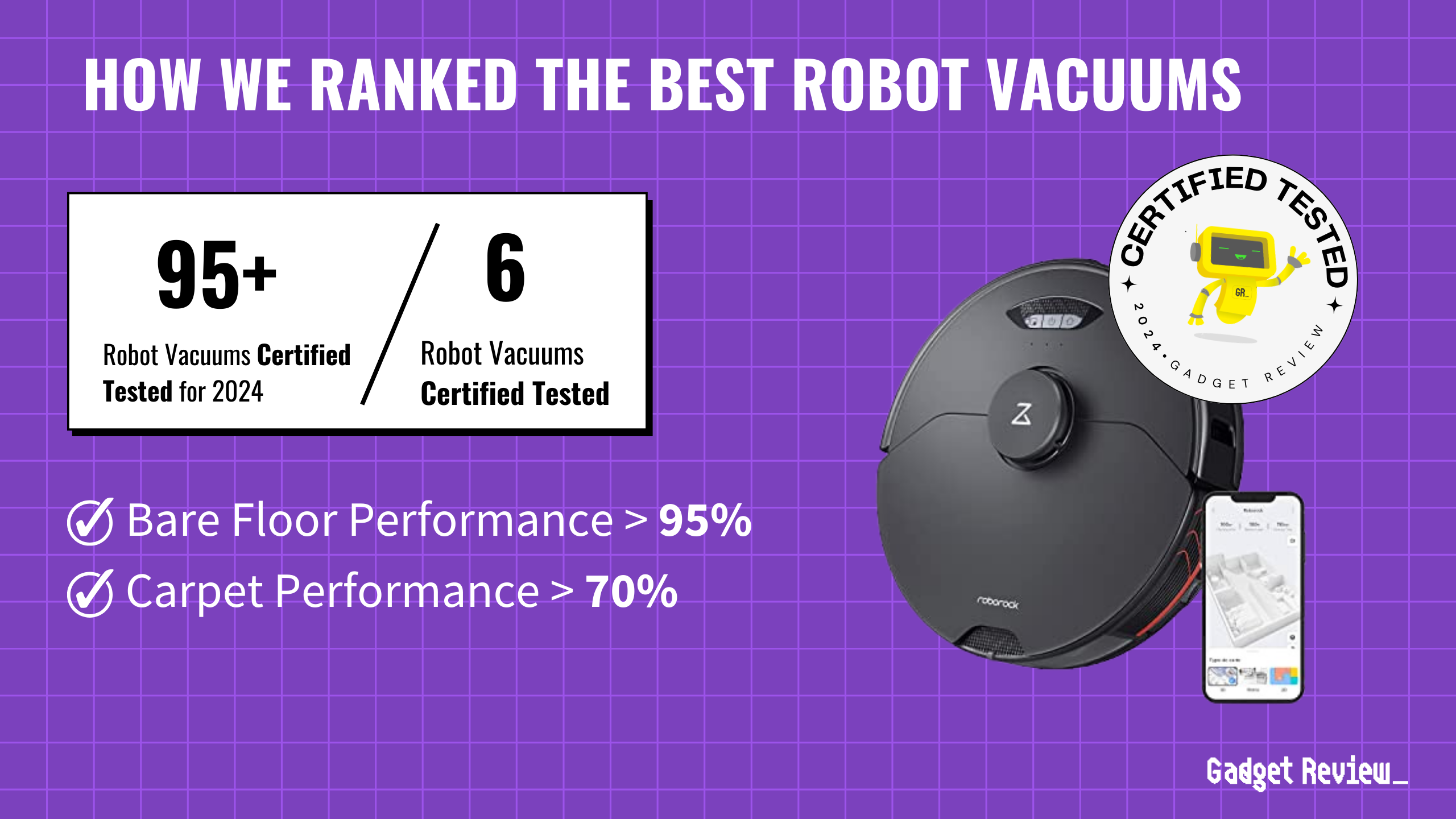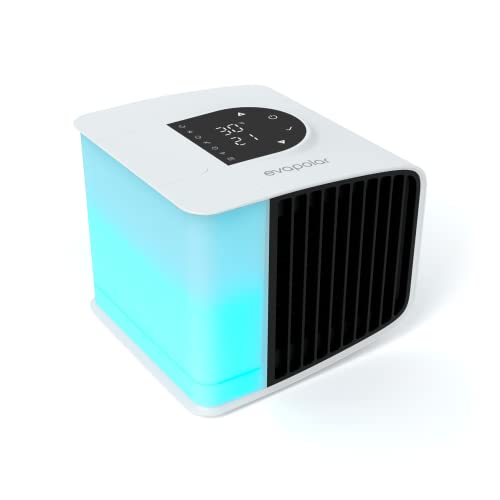Why it matters: A groundbreaking advancement in medical technology is set to transform how we detect and diagnose various diseases. Researchers have developed a non-invasive eye scanner that can identify early signs of conditions like diabetes, heart disease, and Alzheimer’s through a simple eye exam. This innovation could lead to earlier interventions and improved health outcomes for millions.
The power of oculomics: The emerging field of oculomics uses the eye as a window into overall health. Stephen A. Burns, a professor at the Indiana University School of Optometry, leads a team developing next-generation ophthalmoscopes that can observe the interior of the eye with unprecedented detail.
- These devices can detect microscopic changes in blood vessels and cells within the eye, according to Interesting Engineering.
- The retina is the only directly observable part of the central nervous system, offering unique insights into brain health.
Cutting-edge technology: The new ophthalmoscopes combine several advanced technologies:
- Adaptive optics, originally developed for astronomy, eliminates distortions in eye imaging.
- The devices can observe structures as small as two microns, allowing real-time visualization of red blood cells in eye blood vessels.
- Artificial intelligence and machine learning rapidly analyze the images, potentially reducing diagnosis time from days to minutes.
Detecting multiple diseases: This technology shows promise in identifying early signs of various conditions:
- Diabetes and hypertension biomarkers can be spotted in eye blood vessel walls.
- Crescent-shaped red blood cells indicative of sickle cell anemia are visible.
- Retinal changes associated with Alzheimer’s disease may be detectable, offering a less expensive alternative to PET scans.
Collaborative effort: The $4.8 million project, funded by the National Institutes of Health, brings together experts from multiple institutions:
- Indiana University (lead institution)
- Northwestern University
- Stanford University
- New York Eye and Ear Infirmary of Mount Sinai
Timeline and next steps: The three-year project will progress through several phases:
- Aligning instruments from different labs to ensure consistent sensitivity.
- Data validation to confirm accuracy compared to existing technologies.
- Clinical trials with volunteers, primarily recruited through the Atwater Eye Care Center.
The bigger picture: This technology has the potential to revolutionize preventive healthcare:
- Up to 80% of people over 60 may have a health issue detectable by this eye scan.
- Early detection could lead to more timely and effective treatments for chronic diseases.
- The non-invasive nature of the test makes it ideal for widespread screening programs.
Looking ahead: While still in development, researchers aim to eventually make this technology available “wherever you get your annual eye exam,” according to Burns. This could transform routine eye check-ups into comprehensive health screenings, potentially saving lives through early detection of serious conditions.



























